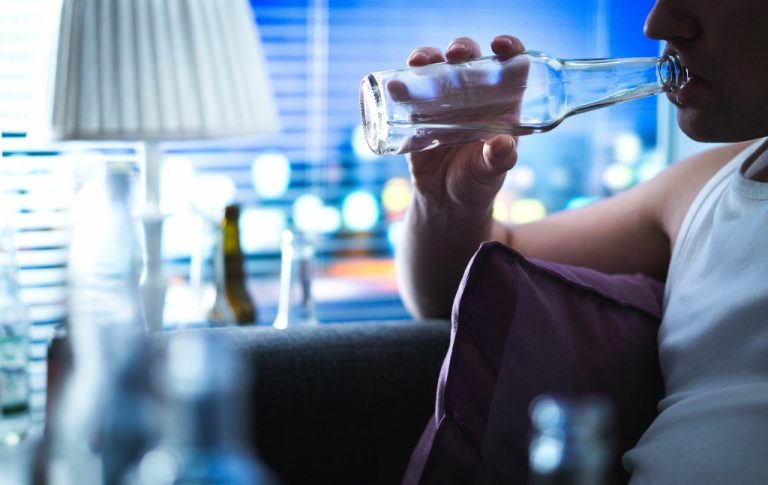Content
It’s important to note that these signs do not necessarily mean that someone is an alcoholic. While alcoholism is a more severe form of problem drinking, it’s characterized by losing control over drinking behavior and an inability to stop or moderate drinking despite adverse consequences. Someone with a drinking problem may be able to reduce their alcohol consumption or quit altogether with proper support and resources.
Is it worse to drink everyday or binge?
Binge drinking one night a week will do a lot more harm to your body than one serving of alcohol every day. Why? Because the body has a hard time metabolizing all that alcohol at once and can lead to alcohol use disorder (AUD). The same can be said for daily heavy drinking.
These effects can increase your risk of various types of cancer, including mouth, throat, esophagus, breast, liver, and colon cancer. Get professional help from an addiction and mental health counselor from BetterHelp. Call a treatment provider to learn more about about your options for rehabilitation and recovery. Binge drinking can lead to adverse outcomes including an addiction to alcohol.
What is Alcoholism?
If you don’t voice your concerns now, your loved one may not give up their alcohol abuse until they experience more severe consequences. People often use binge drinking as a way to self-medicate anxiety, depression, and stress. You may do it as a way to relax after a difficult day at work or blow off steam after college exams. Many people also use drinking to cope with difficult periods in their life, such as the death of a loved one or the end of a romantic relationship. However, alcohol is a depressant, so it will ultimately make you feel even worse.
This question doesn’t always have a straightforward answer, since every person has their own limit when it comes to alcohol. That said, certain patterns of alcohol 5 Tips to Consider When Choosing a Sober Living House use do pose some cause for concern. The U.S. Preventive Services Task Force also recommends screening and counseling for alcohol misuse in primary care settings.
Health Encyclopedia
At this point, almost all states consider you too intoxicated to legally drive.
For example, these individuals will most likely develop a very high tolerance to alcohol, needing more and more alcohol to feel intoxicated though they may not yet have an addiction. This leads to them consistently upping their alcohol intake during each binge leading the cycle to continue the more they partake in this behavior, even though they may be able to stop during the week. Unhealthy alcohol use includes any alcohol use that puts your health or safety at risk or causes other alcohol-related problems. It also includes binge drinking — a pattern of drinking where a male has five or more drinks within two hours or a female has at least four drinks within two hours. Treatment is the most important factor when distinguishing between binge drinking and alcoholism.
How Does Binge Drinking Affect Adolescents?
To recognize them, we need to first understand what binge drinking entails. A variety of influences can contribute to excessive alcohol use, including genetic, environmental, psychological, and social factors. Teenagers and even adults may also binge drink to fit in with peers who are engaging in the same behavior. The term “binge” was originally adopted to describe a pattern of problematic drinking characterized by heavy use followed by a period of abstinence.

However, some chronic binge drinkers have an alcohol addiction and exhibit cravings and withdrawal, two prominent symptoms of AUD, when they have no access to alcohol. These people blend in easily when hanging out with other binge drinkers, but their malaise is palpable when the crowd is taken away. Often, their alcohol abuse or dependency will only be recognized by their close family or friends when they are no longer in a setting where binge drinking is acceptable. Other binge drinkers might just see them as fun and always up for a party, and this is a perfect setup to mask a drinking problem.
Risks of binge drinking
Individuals struggling with AUD often drink throughout the day, whereas binge drinkers usually drink in a socially “acceptable” time frame, like afternoon or evening. Many binge drinkers can go through extended periods without alcohol because they do not have a chemical dependency on it, though they enjoy drinking heavily. When engaging in binge drinking, there are risks that most often involve an individual’s safety. As binge drinking means consuming mass amounts of alcohol, individuals can become severely impaired and put themselves at risk for both physical and non-physical injuries. Most chronic binge drinkers do not meet the definition for alcoholism, but they are still at risk of Alcohol Use Disorder, and their overall health can suffer.
Can you drink alcohol everyday and not be an alcoholic?
Nine in 10 adults who drink too much alcohol are not alcoholics or alcohol dependent, according to a new study released by the Centers for Disease Control and Prevention in collaboration with the Substance Abuse and Mental Health Services Administration (SAMHSA).
